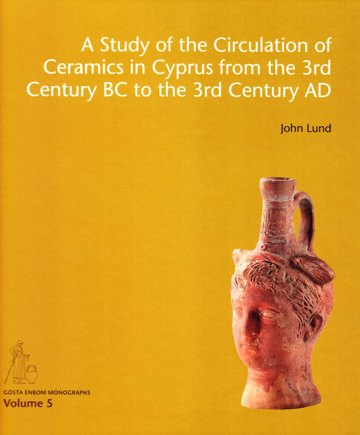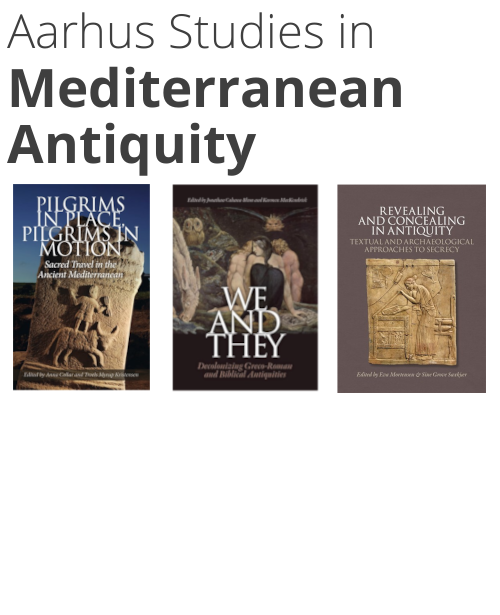
A Study of the Circulation of Ceramics in Cyprus from the 3rd Century BC to the 3rd Century AD
A part of the series Gösta Enbom Monographs (5) , and the subject area Archaeology
More about the book
About the book
This is the first monograph devoted solely to the ceramics of Cyprus in the Hellenistic and Roman Periods. The island was by then no longer divided into kingdoms but unified politically, first under Ptolemaic Egypt and later as a province in the Roman Empire. Submission to foreign rule was previously thought to have diluted - if not obliterated - the time-honoured distinctive Cypriot character. The ceramic evidence suggests otherwise.
The distribution of local and imported pottery in Cyprus points to the existence of several regional exchange networks, a division that also seems reflected by other evidence. The similarities in material culture, exchange patterns and preferential practices are suggestive of a certain level of regional collective self-awareness.
From the 1st century BC onwards, Cyprus became increasingly engulfed by mass produced and standardized ceramic fine wares, which seem ultimately to have put many of the indigenous makers of similar products out of business - or forced them to modify their output. Also, the ceramic record gradually became less diverse during the Roman Period than before - developments which we today might be inclined to view as symptoms of an early form of globalisation.
For purchases outside of Denmark:
If you are located in the USA or Canada, please contact our US distributor, Longleaf Services, at orders@longleafservices.org or +1 919-503-6590.
For purchases in all other countries, you can find the title through our global distributor, The Mare Nostrum Group, here: https://mngbookshop.co.uk
Table of contents
Hellenistic and Roman Cyprus: An Overview
Prolegomena
A Regional Approach
Evidence for Kilns and Potters in Cyprus, c. 300 BC to AD 300
Scientific Clay Analyses of Hellenistic and Roman Pottery from Cyprus
Case Studies
Beyond Distribution Patterns
Cyprus and her Closest Neighbours: A Ceramic Perspective
Long-distance Exchanges Involving Cyprus
Writing Economic History with Potsherds?
From the Producer to the Consumer
The Regionality of Hellenistic and Roman Cyprus




